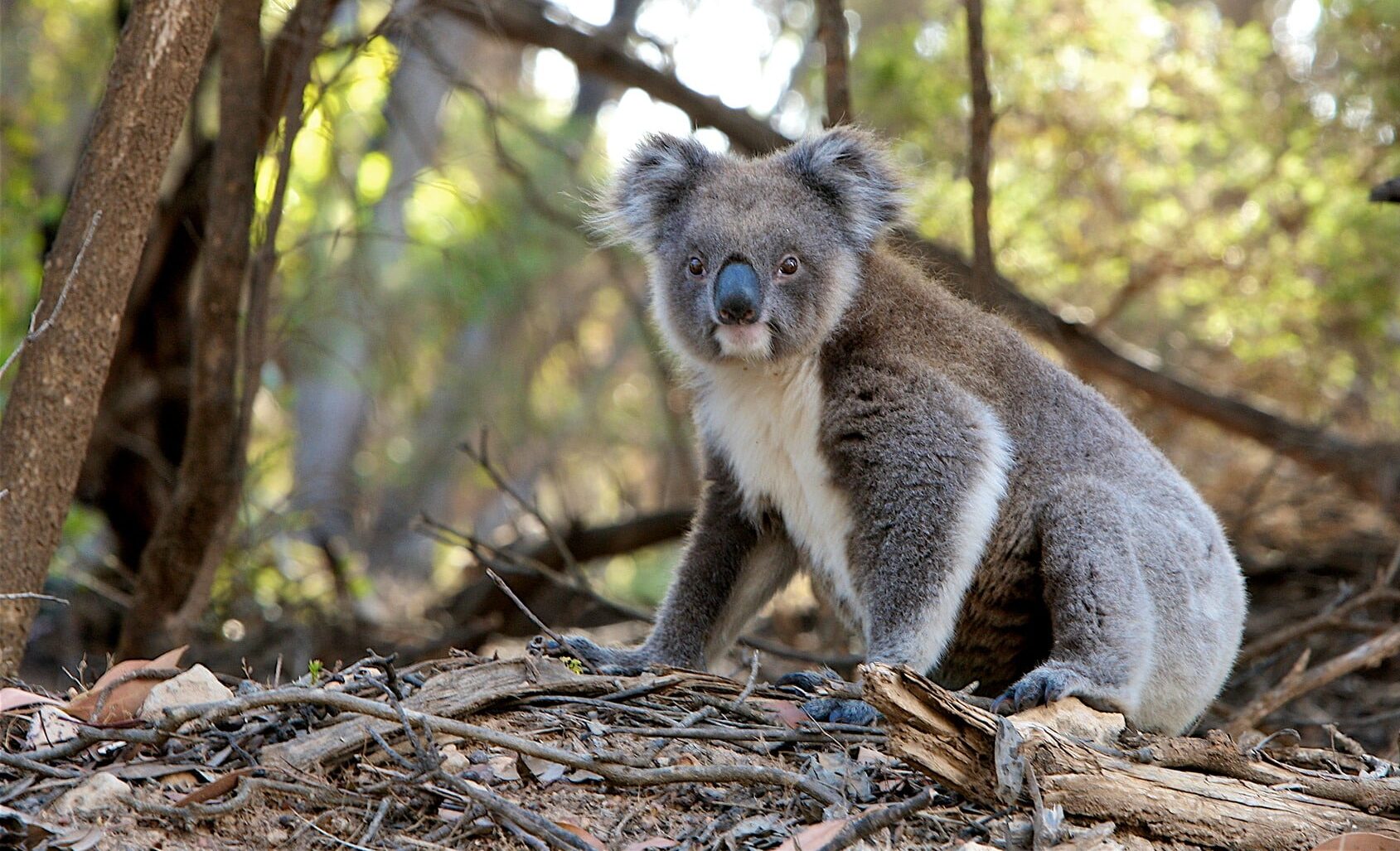This media release was distributed by the Australian Alliance for Animals, of which HSI Australia is a member. Leading animal welfare organisations are calling on the Albanese Government to honour its election commitment to phase out live sheep exports in an open letter requesting a definitive end date to be...
The latest round of discussions on developing a new international agreement on ‘conservation and sustainable use of marine biodiversity in areas beyond national jurisdiction’ (‘BBNJ’ for short) has just finished at United Nations headquarters in New York. The good news is that there seems to be general agreement among governments that a BBNJ agreement should be negotiated as an Implementing Agreement to UNCLOS, the UN Convention on the Law of the Sea. The bad news is that there are a few powerful governments that don’t want any new agreement to have real conservation ‘teeth’ sufficient to change the status quo – although there are lots of governments that do want to do the right thing. There’s a job to be done if we are to make the most of this opportunity.
Developing this BBNJ agreement is unfinished business from the negotiation of the Convention on Biological Diversity (CBD) that was produced for the original Rio Earth Summit back in 1992.
CBD negotiators decided that it would only cover biodiversity within the jurisdiction of states (on land and in coastal waters within 200 mile exclusive economic zones (EEZs) and extended continental shelves (ECS) out to up to 350 miles). The CBD merely admonishes states to ‘cooperate’ in areas beyond their jurisdiction – leaving fully half the world exposed to ongoing degradation. A decade later, Australia and Mexico persuaded the United Nations General Assembly (UNGA) to set up a Working Group to explore how this giant governance gap might be filled and, in 2015, it successfully recommended that a new binding agreement be developed and two meetings of the Preparatory Committee have been held, so far. While this might all seem awfully slow, this is how it is when you’ve got to get almost two hundred governments to agree on anything, especially anything with conservation ‘teeth’.
The main problem the international community is trying to deal with in negotiating a new agreement is the failure of ‘cooperation’ to protect species and their habitats from industrial fishing (shipping is not so much of a problem and seabed mining is only just emerging as a real threat – and, other threats, like acidification, warming and plastic pollution are land-based in origin). Almost all international fisheries are notionally managed by ‘cooperation’ arrangements called regional fisheries management organisations (RFMOs) but these tend to have rather limited mandates just to manage fisheries – and trying to get successful biodiversity conservation outcomes on the high seas, with its traditional ‘freedom to fish’, culture and legal framework can be very difficult.
(c) Greenpeace/ Grace
School of Southern Blue Fin Tuna swimming in the Southern Ocean
On the bright side, in recent years, scientists have come to realise that the deep oceans are home to the most amazing diversity of weird and wonderful life forms. Previously, everyone had assumed that life did not exist in the dark, below depths where light was still able to drive photosynthesis. Now, we know animals are able to live in the most amazingly deep, dark and inhospitable places. This profound revolution in how we conceive of ocean biodiversity is driving all users, but especially deep sea fishing, to be more conservation-minded. Indeed, it’s fair to say that, for many deep sea species, it’s hard to fish sustainably because they are so slow growing – there are no easy answers. Likewise, we now know that biodiverse seabed habitats are far more widespread – meaning that bottom trawling is really on the nose.
Like on land, a key conservation strategy is the creation of parks – marine protected areas – where areas are managed to protect biodiversity. Out on the high seas, however, and on the seabed beyond the control of coastal states, there is simply no governance framework that would allow a park to be set up and managed effectively, as we have come to expect on land. On land, we’re all used to land use controls that have been built up over centuries, if not millennia – we take them for granted. Out on the high seas, however, we’re trying to build them from scratch in defiance of a ‘freedom of the high seas’ culture that’s been around for centuries.
This new BBNJ agreement that we’re trying to negotiate has the potential to be a giant step towards being able to effectively control activities on the high seas so that conservation and sustainability commitments can actually be met – but current users rather like their laissez-faire world, so don’t expect sudden change – think sloth and koala. Indeed, it’s remarkable enough that we have come so far, so fast – and Australia continues to play a key role in moving things along in the right direction.




